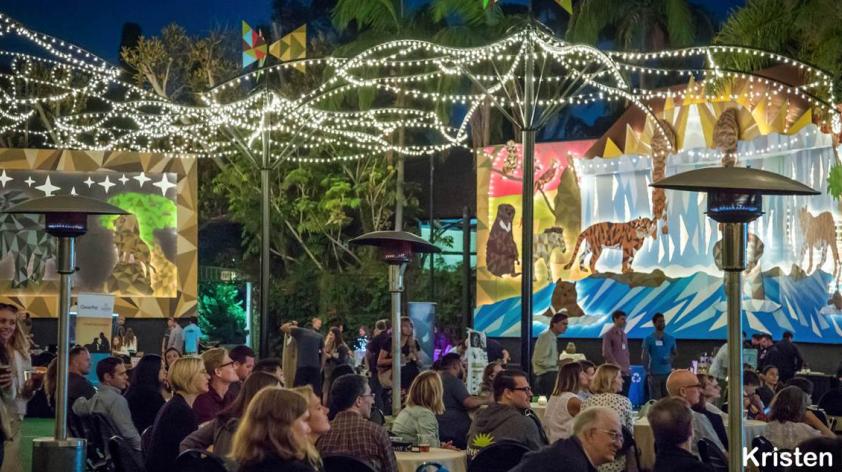
Tech to Reconnect
Two thousand seven hundred years ago, at a place called Nimrud (in present-day Iraq), lived a woman named Ninharrissi. In Assyrian language, her name translates to Lady of the Mountains. Ninharrissi loved to fashion objects from raw materials. One day she noticed that transparent quartz could be shaped to magnify what she could see with her naked eye alone. New worlds were unlocked.
The British Museum has an object from this time we call the Nimrud Lens. Although we cannot know the name of its creator (Ninharrissi is my guess!), many experts believe the stone was deliberately crafted into a lens— perhaps one of the world’s first.
Over thousands of years, we have continually devised ways to better examine our world, bringing new worlds into focus: glasses sharpen our view, microscopes let us see rhinoceros cells, binoculars let us observe the private lives of condors, and telescopes let us glimpse faraway planets. Technology helps us better perceive and appreciate our surroundings.
At San Diego Zoo Global, we aim to create and promote new approaches to understanding, protecting, and empathizing with wildlife. Can we better understand zebra behavior by using computer vision? Can we protect endangered species by using data from new sensors and satellites? Can we empathize with animals by putting ourselves in other animals’ shoes, (even if they don’t wear shoes)? By “shifting our senses” with wearables, mixed reality, and other technologies, can we expand our limited human perspectives?
Tech to Reconnect is an event series that celebrates these and other nature-affirming technologies. At the San Diego Zoo and San Diego Zoo Safari Park, we invite our community to join discipline-bending artists, engineers, scientists, and designers to discuss and experience technologies that bring us closer to nature. To date, we have hosted six events with 19 guest speakers ranging from an astronaut instructor to a submarine pilot. We believe that new technologies hold keys to improving our relationship to our environment.
Technology can be seen as natural. Every animal makes things. Beavers make dams that are visible from space. Our own human technology is not intrinsically at odds with nature any more than beaver technology (dams) or bird technology (nests). In the same way that a beaver dam drastically changes downstream ecosystems, our technologies can also powerfully alter the environment. Although some things that we make (like coal power plants) cause ecological disruption on a massive scale, our technologies can also elevate our spirit: we can take photographs from space, document and experience our biodiverse surroundings, and even explore animal perspectives.
Please join our creative community as we use technology to empathize with, understand, and protect the natural world. Nearly three thousand years ago Ninharrissi may have made the world’s first lens, and now we forever see differently…
How else can new technology reconnect us with the natural world?













